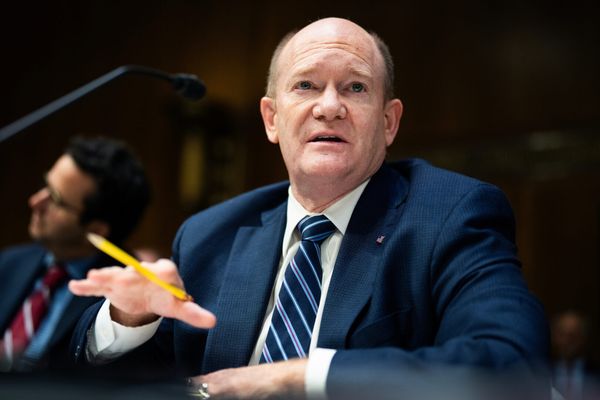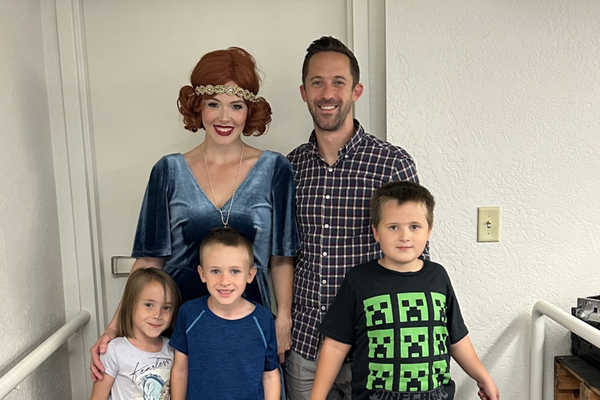NEW YORK — Uber and Lyft have more than doubled their the size of their cut of New York City customers’ fare money — far outpacing the pay raises seen by their drivers, a new study says.
The study, conducted at the behest of the New York Taxi Workers Alliance, was published last week by the University of California, Los Angeles Labor Center, and relies on public Taxi and Limousine Commission data.
When the city’s minimum driver pay rules took effect in February 2019, rideshare companies took 9% of the total fares charged that month, according to the data.
By April 2022, the rideshare companies’ share of passenger fares had swollen to nearly 21% of the money charged New Yorkers.
That leaves drivers with 79% of the base fare — not including tolls or taxes — from which they must also pay for gas and vehicle maintenance.
The researchers analyzed 50 million rides, comparing data from February 2019, October 2019, April 2020 and April 2022.
“From February 2019 to April 2022, median driver pay had increased by 31% compared to an increase of 50% for median passenger fare,” the study’s authors wrote. “Overall, the data showed that the increase in base passenger fare outpaced the increase in driver pay.”
The TLC has set minimum pay rates for app-based car services since 2019.
A drivers’ group said the minimum pay proved too low when gas prices and maintenance costs rose last year.
“We saw people falling behind on rent,” said Bhairavi Desai, Executive Director of the Taxi Workers Alliance. “People were having to choose between paying for fuel or paying for groceries.”
Even though gas prices are dropping, Desai said her members are still feeling the effects. “Thousands of drivers survived inflation by putting expenses on credit cards,” she said.
Uber, which provides most of the app-based rides in the city, claims it has made less money off fares in the last few years.
Company spokeswoman Freddi Goldstein said the UCLA report was wrong to claim that the company took home 20.7 % of fares last April,
The real figure was 16.4 %, the company said — down from the nearly 28 of the fares it took before 2017.
“Without seeing the study, it is hard to know where these students failed to carry the one,” she said of the report’s graduate student authors.
She blamed the higher passenger fares on new airport fees, congestion fees, and related taxes. “Government imposed fees made up more than 18 % of rider payments,” she said.
But the UCLA researchers said they had excluded such “tax, tips, surcharges, tolls and other fees” from their analysis.
“I don’t know what numbers they’re fudging,” Desai said of Uber’s math.
Goldstein said driver pay is up more than 40% in New York City since 2018, with drivers earning an average of $33.30 per hour.
In a statement this week on Uber’s earning report on the fourth quarter of 2022, CEO Dara Khosrowshahi called it “our strongest quarter ever... capping off our strongest year.”
The company sued to stop a TLC-ordered pay-hike in December, which attempted to adjust the minimum pay rules to account for operational costs.
The TLC — which adjusted its formula to account for inflation earlier this month — says its own analysis of rideshare revenue largely agreed with the findings in the UCLA study.
The TLC will be holding a public hearing in March on a another rule meant to raise minimum driver pay.
“We are committed to ensuring that the city’s hardworking drivers receive appropriate compensation,” TLC Commissioner David Do said in a statement. “We sincerely hope that there are no more attempts to interfere with this long-awaited pay adjustment.”







